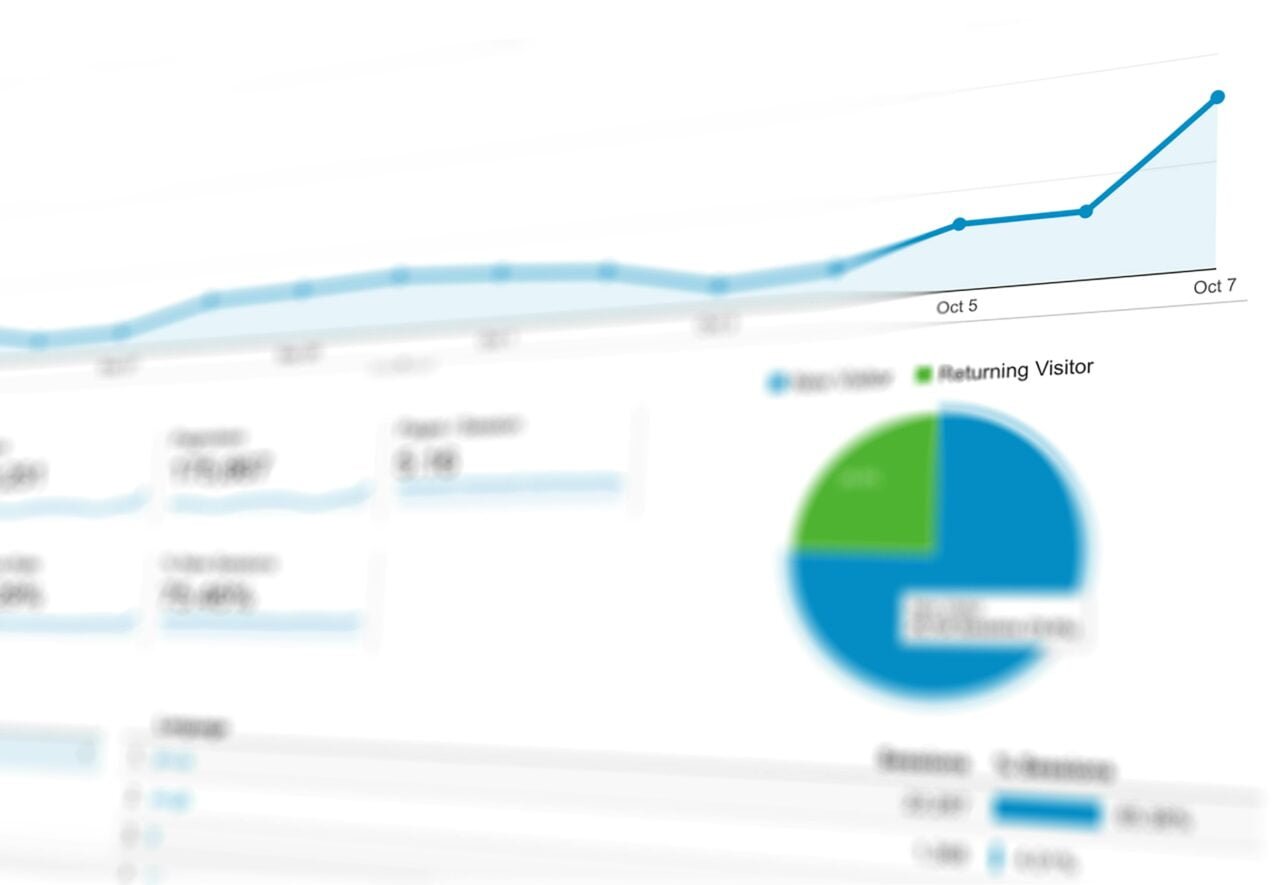Mastering KPIs: A Comprehensive Guide for Product Managers
Mastering KPIs: A Comprehensive Guide for Product Managers
As a Product Manager (PM) it’s crucial to stay informed, about your products performance. Key Performance Indicators (KPIs) play a role in gauging success and pinpointing areas that need attention. This guide will lead you through the KPIs every Product Manager should monitor, the tools for tracking them and how to establish and oversee these KPIs.
Defining KPS: metrics that reflect how effectively a company or product is meeting its business goals. For Product Managers keeping tabs on KPIs is essential for evaluating the products success and guiding decisions based on data.
Must-Track KPIs for Product Managers
User Engagement Metrics
- Why It Matters: User engagement metrics show how users interact with your product. High engagement often means your product is meeting user needs.
- What to Measure: Active users, session duration, page views, and click-through rates.
Conversion Rates
- Why It Matters: Conversion rates indicate how well your product turns visitors into customers. This is a direct measure of your product’s effectiveness.
- What to Measure: Conversion rates for sign-ups, purchases, or other key actions.
Customer Acquisition Cost (CAC)
- Why It Matters: CAC tells you how much it costs to acquire a new customer. Lowering this cost can improve profitability.
- What to Measure: Total marketing and sales expenses divided by the number of new customers acquired.
Churn Rate
- Why It Matters: The churn rate shows how many customers stop using your product over a specific time period. A high churn rate can signal issues with your product or service.
- What to Measure: Number of customers lost divided by the total number of customers at the start of the period.
Time to Market
- Why It Matters: Time to market measures how long it takes to develop and launch a product. Faster time to market can give you a competitive edge.
- What to Measure: The duration from the initial idea to the final product launch.
Tools for Measuring and Monitoring KPIs

Google Analytics Dashboard
Using the right tools can make tracking KPIs easier and more accurate. Here are some popular options:
Google Analytics
- What It Does: Crucial for SEO, Google analytics monitors website traffic and user behavior, giving you insights into how visitors are interacting with your site. For a comprehensive look at SEO, refer to the post I wrote here.
- Best For: Tracking user engagement metrics like page views, session durations, and bounce rates.
- Explore: Take a look at Google Analytics
Mixpanel
- Mixpanel offers analytics to help businesses understand user journeys and significant moments for better decision making regarding user engagement and retention.
- Explore: Take a look at Mixpanel
Amplitude
- What It Does: Offers in-depth behavioral analytics to help businesses understand user journeys and key moments.
- Best For: Analyzing user engagement and retention, so you can make data-driven decisions to improve user experiences.
- Explore: Take a look at Amplitude
HubSpot
- What It Does: Provides comprehensive marketing, sales, and service tools, including email marketing, social media, content management, and more.
- Best For: Keeping an eye on customer acquisition costs (CAC) and conversion rates, with detailed analytics to optimize your marketing campaigns and sales funnels.
- Explore: Take a look at HubSpot
JIRA
- What It Does: A project management tool for tracking development tasks, making agile project management and issue tracking a breeze.
- Best For: Tracking time to market and project progress, helping teams plan, track, and release software efficiently.
- Explore: Take a look at JIRA
How to Set KPIs and Monitor Progress
Effectively setting and monitoring KPIs requires a structured approach.
Setting SMART Goals
- Specific: Clearly define what you want to achieve.
- Measurable: Ensure you can track progress.
- Achievable: Set realistic goals.
- Relevant: Align goals with business objectives.
- Time-bound: Set a deadline for achieving the goals.
Regular Monitoring and Evaluation
- Frequency: Consistently track your KPIs whether on a monthly or quarterly basis.
- Evaluation: Regularly review progress to evaluate and address any issues.
Adapting Strategies Based on KPI Insights
- Analyze: Utilize the data from your KPIs to comprehend what is effective. What is not.
- Adapt: Modify your approach based on these insights to enhance performance.
Instances of KPI Application
- Scenario 1: A SaaS company utilized conversion rates and churn rates to pinpoint user pain points resulting in a redesign that enhanced retention, by 20%.
- Scenario 2: An e-commerce platform monitored CAC (Customer Acquisition Cost) and user engagement metrics aiding them in optimizing their marketing expenditure and boosting user engagement by 15%.
- Scenario 3: A fintech startup monitored customer lifetime value and fraud rates resulting in the enhancement of their security measures and a notable 25% increase, in customer trust.
- Scenario 4: A mobile app company that concentrated on daily active users (DAU) and session length to improve user experience ultimately boosting DAU by 30%.
- Scenario 5: A content streaming service used buffer rates and watch time to identify streaming issues, leading to server optimizations that decreased buffering by 40%.
Plan for the future with KPIs
Selecting KPIs tailored to your product is crucial for enhancing your product management strategy and overall business performance. Utilize tools, for measurement. Continually adapt strategies based on gathered insights. The implementation of KPIs is a process that can drive enhancements and accomplishments.